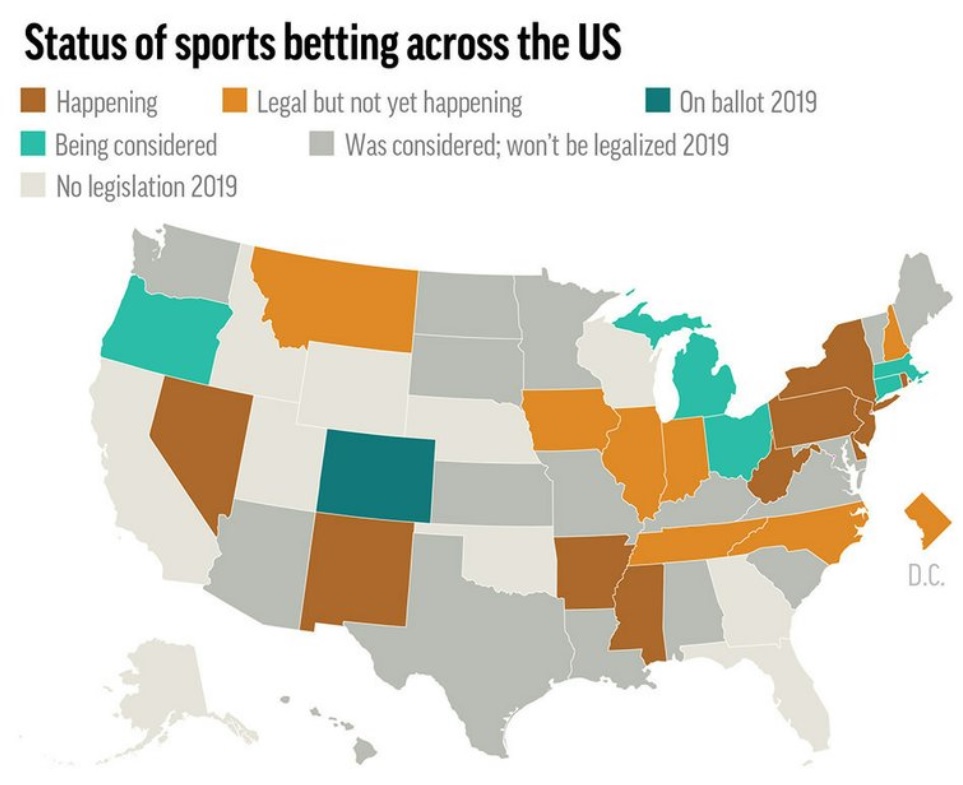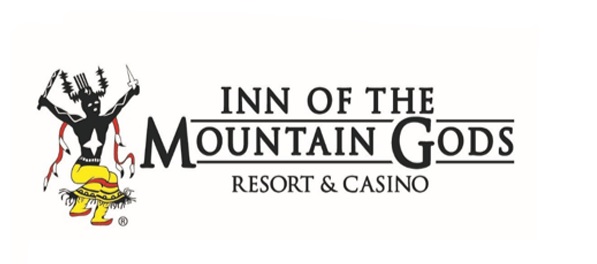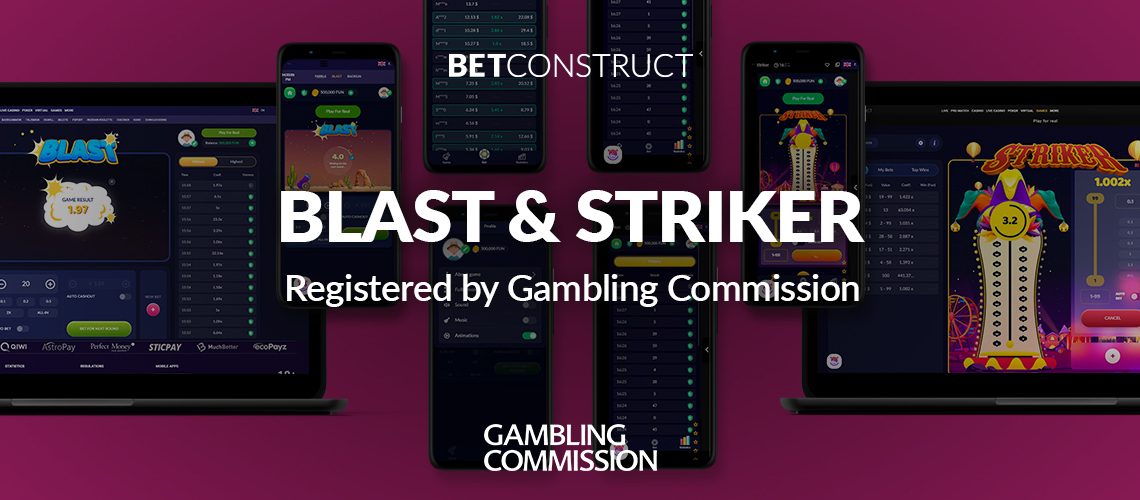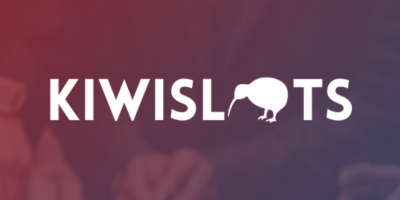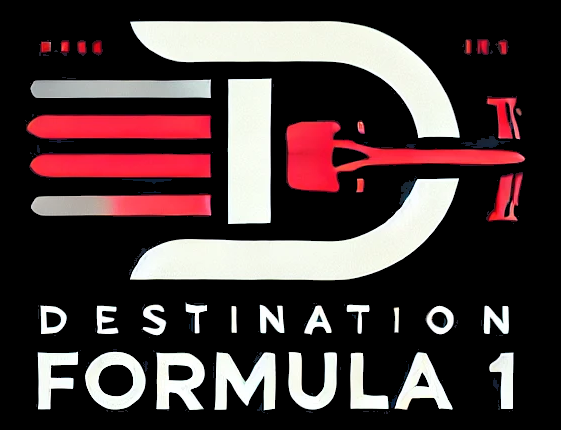Since the introduction of online casinos and sports betting to Pennsylvania, the number of 1-800-GAMBLER interactions resulting in the caller receiving help for problem gambling has more than doubled. Similar trends appear whenever a state launches new forms of gambling and is often framed as a crisis. However, Josh Ercole, executive director of the Council on Compulsive Gambling of PA (CCGP), told PlayUSA that a rise in calls isn’t entirely bad news.
From 2019 to 2021, the total annual call volume in the state jumped from 11,011 to 17,380 before falling to 14,146 in 2022. However, not all of these are people seeking help. A large number of 1-800-GAMBLER calls result in hang-ups or are from people calling for other reasons.
Despite the call volume declining in 2022, the number of calls for help – or “intakes,” as the CCGP calls them – has continued to rise. Last year saw 2,621 gamblers receive help through the helpline, more than double the baseline of 1,100 or so in the years before Pennsylvania’s online casino launch.
Two reasons for increased problem gambling calls
Ercole explained that regulated gambling expansion impacts call volume in two ways:
“There’s probably one aspect of this where there are people who are trying a new game out. It’s trendy, it’s fun, and before long they develop issues with it. But, the awareness piece is also something to consider. We’ve doubled our intake call volume from two years ago. I think it’s likely that a part of that is increased awareness of the helpline and of services that are available.
Do I think there are more problems? Yes, obviously. But does the increase in calls equate to how many more people have developed a problem? No, I think the real number is likely a fraction of that.”
So, the increase in calls is a mixed bag. To some extent, it reflects a rise in gambling addiction rates. However, a more positive component is increased responsible gambling messaging, leading to more people reaching out for help.
Teasing the two factors apart is no easy task. Fortunately, the CCGP publishes detailed annual data on calls and intakes.
Those figures don’t tell us exactly how many more Pennsylvanians are now struggling with gambling addiction. However, they do paint a clearer picture of the situation on the ground in Pennsylvania. By extension, they also shed some light on what is probably going on in other states experiencing similar spikes.
A familiar pattern: more availability means more calls
Ercole points out that the recent spike in calls is neither new nor unexpected. It echoes a similar pattern from over a decade earlier, during the previous wave of Pennsylvania gambling expansion.
CCGP data for helpline calls goes back to 2007, the year after Pennsylvania first introduced slots-only retail casinos. In 2010, those casinos added table games. Total annual call volume peaked at over 21,000 in 2009 and 2010, even higher than the recent surge. Annual intakes continued to rise until 2012 before subsiding.
He believes both spikes share this twofold cause: Easier access to gambling, but also greater awareness of problem gambling services like the helpline.
“When there’s new availability, that’s when we typically see an annual spike. When retail casinos first arrived, it was kind of similar to what we saw a couple of years ago with online casinos and sports betting first arriving.
In between, there was stagnation for a while. There were no new types of games, very few new casinos opening up. During that sort of period, despite outreach efforts and awareness campaigns, it appears that a reduction in messaging from the industry may be impacting overall call volume.”
Higher intake rate shows improved awareness of the helpline
Evidence of the impact of messaging can be found in the call intake rate, which hit an all-time high of 20% in 2022.
Most calls to 1-800-GAMBLER are either hang-ups or people mistakenly calling to get info about the lottery or casinos. However, both surges in call volume were followed by an improvement in the number of people calling for appropriate reasons.
Ercole also cites several other factors that may be contributing to the recent rise in intake rate:
- Efforts to clarify the messaging around the helpline’s purpose
- The CCGP’s increased social media presence during the pandemic
- Decreasing stigma around gambling addiction, meaning more people willing to seek help
- The rising popularity of text message and internet chat options to reach helpline staff
-
2020: a year of big changes
Despite their similarities, there are also some important differences between the two waves:
- The “always there” nature of online gaming
- A demographic shift, with more young people and men playing
- External factors related to the COVID-19 pandemic
The closure of retail casinos also resulted in a drop in the number of intakes related to in-person gaming for 2020. That temporarily masked the spike in online intakes when looking only at the overall number, making the jump in 2021 appear larger and more sudden.
Ercole said:
“When we look at the data collectively, we have to look at what’s most accessible and by far the online options are far more accessible than anything we’ve seen before. People are now able to play at a very high frequency, and that’s where we see some of these problems start.”
The number of calls relating to sports betting or online gambling has increased more than tenfold since the appearance of the regulated market. Here, too, we probably see the impact of messaging, perhaps even more so than availability.
The American Gaming Association estimates that Americans lose $13.5 billion to illegal offshore online casinos each year. By comparison, regulated sites collected $5.3 billion in 2022. These regulated sites provide responsible gambling tools including information about the helpline, while black market sites do not.
An increase in young, male callers
The initial launch of online gambling attracted a lot of young players, many of whom wouldn’t have had much retail casino experience.
However, the pandemic caused a much wider demographic to join these younger players. At the same time, its economic impact may have affected how people engaged with gambling.
Ercole said:
“Six to eight months after the introduction of online gambling, the pandemic struck. Now you have new, younger players but also all these existing retail casino patrons who now can’t go because of the shutdown. So they’re logging on. And you have other people who are now out of work, bored, scared, isolated, or whatever, and they’re looking for something to fill their time or even try to win money to supplement the income they’ve lost.”
The shifting age demographics may themselves be the cause of some other trends in the data. One straightforward example is that the percentage of callers identifying themselves as single has risen, while there are now fewer who are divorced, separated or widowed.
More importantly, age might be affecting what other sorts of problems callers report.
Gambling affects more than just finances
Predictably enough, a majority of callers seeking help say they’re doing so because of financial issues. However, that’s not the only reason, and in fact, the number of people reporting that as the primary factor has dropped since the pandemic.
Ercole says it’s a common misconception that gambling only becomes a problem when it begins to impact a person’s financial situation. In fact, better finances can sometimes let a gambler sink further into addiction before recognizing that they have a problem.
“If you asked a room of 100 people: What’s the first thing you think of when it comes to a gambling problem? If not 100, then high 90s would probably say money. Financial issues. And that’s part of it, but it’s far from the only thing to be concerned about.
In fact, in a lot of situations, I’d say that there are other things that are just as likely to happen, be that mental health issues, crossover into substance use issues, or impact on friends, family, work or other relationships.”
During the pandemic, while people were stuck in quarantine, the reported rate of marital issues went up, while problems with other family members went down. However, mental health problems as a primary factor continue to rise.
Many secondary issues are spiking
CCGP helpline staff also ask callers about other problems they’re experiencing, even if they weren’t a factor in their decision to seek help.
Ercole says:
“There have been a lot of studies done over the years that highlight the high rates of co-occurring situations, and that’s why we collect some of that information.”
Here, too, we see money declining in importance. Although overspending remains one of the more commonly reported secondary problems, the incidence rate has dropped significantly since before the pandemic.
On the other hand, many other problems have become much more common. One-third of callers now say they suffer from depression and the number admitting to other addictions or compulsive behaviors has nearly doubled. Those categories consist of:
- Alcoholism
- Other drug problems
- Eating disorders
- Sex addiction
Ercole says that other sorts of struggles can feed directly into gambling addiction:
“There are many people out there struggling with gambling because of other things that caused them to start to gamble. Depression, anxiety, not knowing what to do…then they just push a button and suddenly they’re not thinking about any of that amid all the lights and bells and whistles.”
In terms of the prevalence of such issues among callers, the shifting demographics may provide a partial explanation. Many of these problems disproportionately affect younger people. Younger generations are also more likely to be willing to talk about mental health issues like depression, says Ercole, and stigmas are declining overall.
Conversely, overspending can be more of an issue for those in older age brackets, who have dependents or are thinking about the prospect of retirement.
What does the future hold for problem gambling in Pennsylvania?
Ercole says that he sees online casinos as being a game-changer.
Therefore, despite past experience with the introduction of retail casinos, he doesn’t think calls and intakes will ever go all the way back to their prior level now that online gambling is here. He does, however, expect them to subside somewhat from their current highs.
It’s hard to say whether that’s already happening. The volume of non-intake calls dropped from 2021 to 2022, as it did in 2011 during the retail casino wave. However, because the intake rate is rising so sharply, the total number of people seeking help may still continue to increase for another year or two.
One hopeful sign is to be found in the month-to-month data. Virtually the entire increase in 2022 happened in the period from January to April, during which the number of intakes rose 40%. The remaining three quarters were closer to level.
However, part of that may be natural seasonality. Even before the recent gambling expansion, call volumes tended to be highest in the first months of the year. Sports betting probably enhances that effect, as the Super Bowl and March Madness produce high volumes of betting activity.
The CCGP reports numbers on a monthly basis. Year-over-year comparisons of individual months may provide an early clue as to whether things are beginning to level off in 2023.
Source: Play USA
Preview Image: Shutterstock





